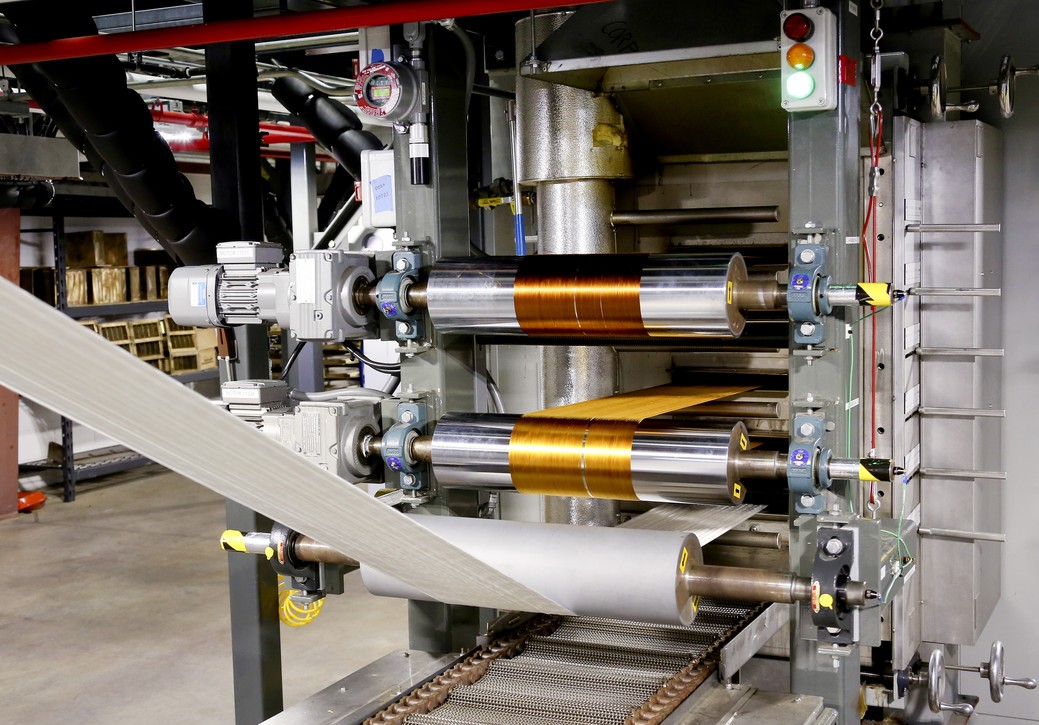
Putting the “Science” in “Science Fiction”: Lightsabers
The lightsaber is the primary weapon of the Jedi Knights and their Sith counterparts, and one of the most iconic weapons in science-fiction. The lightsaber shares traits of sci-fi technology with the romantic idea of the saber duel, using advanced technology to create a weapon with a blade of pure energy. Although the sword shape is standard among lightsabers, there are other variants. The Star Wars prequel trilogy introduced the double-bladed lightsaber, while the tsunami of comics, video games and novels based on the Star Wars franchise introduced many others since 1977, including protosabers, lightsaber pikes and the lightwhip. The reason these weapons come in many different shapes is based on one simple but very surprising fact about how lightsabers create their blades. It may come as a shock to anyone who is a fan of Star Wars‘ signature “laser swords,” but lightsabers do not use lasers at all.

However, this makes a great deal of sense to those who have considered how to build a real lightsaber. A laser beam is a form of concentrated light, and there would be no way to limit the length of such a beam without placing something in front of it. Since the purpose of the lightsaber would be to cut things, it would quickly destroy an end piece unless it was made from extremely strong material. The other option is to place a mirror at the end of the blade. The idea being that once the laser beam was emitted, it would continue to bounce back and forth between a pair of mirrors, keeping the shape of a blade. A support of some kind would be needed to hold this mirror, and it could be made retractable in order to make the weapon easier to carry.
When the blade cuts something, some of its light would be absorbed, but the handle would emit more light to strengthen the blade again. Although it might be possible to place the rod holding the mirror within the blade itself, this could cause problems with reflections and possibly damage the rod. A better solution would be to create an armature outside of the blade that would support the reflector and connect to the handle. Although this platform would be more stable, it would mean that one side would be useless for striking.

Some sci-fi fans might also be offended by the creation of such a weapon, as it bears a closer resemblance to a wire cheese cutter than the famous weapon of the Jedi. Another problem with any kind of laser sword that used this method is that the tip would be solid, which would make stabbing attacks impossible, and any strike near the end of the blade would run the risk of misaligning the mirrors. Since these mirrors reflect the beam, this could cause a serious hazard to everyone nearby. It might be possible to create a system that absorbed the laser’s energy at the end, rather than reflecting the beam, but the core design and problems would remain the same.
In order to solve the problems posed by using a laser beam, it is necessary to turn to other ways of creating the lightsaber blade. In the Star Wars series, lightsabers and other weapons with energy blades use plasma to cut through their targets. The lightsaber channels energy in a loop, where it is pumped through the blade and back into the handle in order to prevent energy loss, but most theorists believe plasma weapons would simply release plasma into a blade-shaped electromagnetic field. The idea behind such a weapon is that the superheated plasma is contained within the field, where it does not emit heat, until the blade strikes an object. Since the field is not strong enough to withstand a physical impact, it allows the object to slip inside and exposes it to the plasma within. Once the plasma has disintegrated the part of the object that entered the blade, the field would seal up again to prevent plasma from escaping.

In practice, this technology is relatively simple, although it would require tremendous amounts of energy. As advances in controlling electromagnetic fields are made, it might even be possible to create bizarrely-shaped weapons like those used by the Halo series’ Elites. There is another way to create interesting melee weapons using plasma, but it would be a good deal heavier. If electromagnetic field generators were installed into a traditional melee weapon, a field could be created that would mold to the weapon’s shape. In this way it would be possible to create plasma axes, glaives or whips, although a plasma whip would be so dangerous that a person would need to be certifiably insane to use it. Another advantage of plasma blades over lasers is that the electromagnetic fields used would repel each other, allowing them to be used to parry. A plasma blade would be a fearsome weapon, capable of cutting through almost any material instantly. Besides combat, there would be many potential uses in manufacturing, search and rescue, construction, and any industry where cutting heavy materials is required. I have already discussed the use of plasma in steel-cutting and engraving, as well as its potential surgical applications, but modern technologies use a simple jet rather than a contained blade.
The portable use of plasma is mainly waiting for improvements in electromagnetic field technology and new methods of generating and storing electricity. Once these technologies improve, plasma blades could become a reality, potentially changing warfare, industry and surgery.









